Increased passing options
- When teammates maintain proper spacing and find open areas on the field, they provide the player with the ball a wider range of passing options. This enables the player to make more effective decisions that can advance the team’s offensive play. The team as a whole benefits from improved ball movement, making it more difficult for the opposition to defend.
Improved individual skill development
A player with the ball can focus on developing their skills in controlling the ball, making decisions, and executing passes when their teammates maintain proper spacing. This not only helps the individual player improve but also leads to more efficient and cohesive team play.
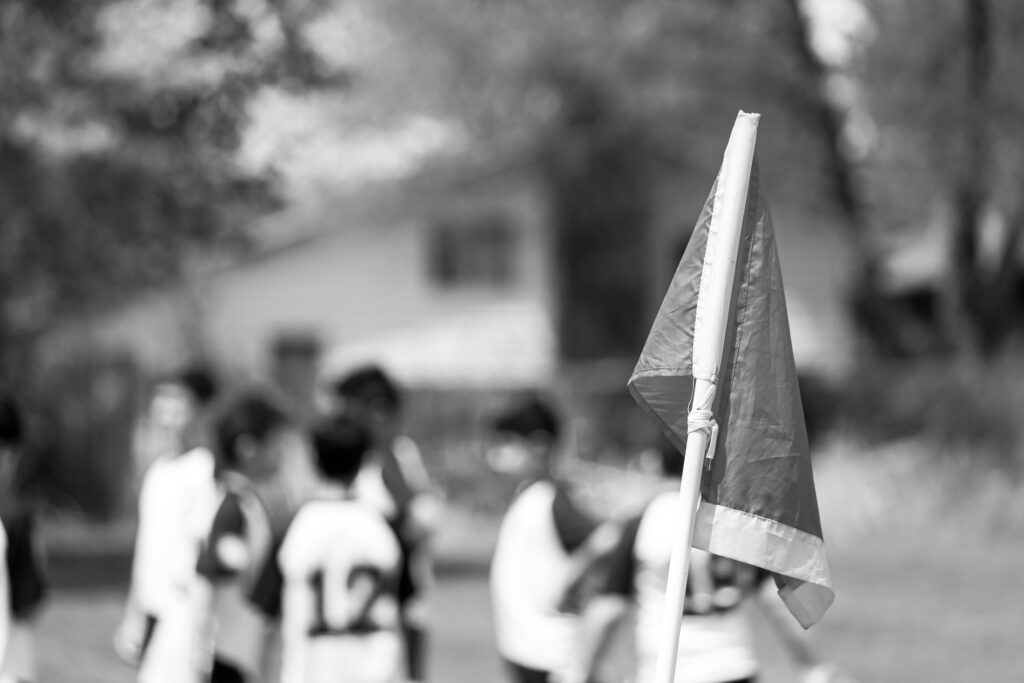
Heading Enhanced creativity
By having teammates in different areas of the field, the player with the ball can utilize their creativity and make more informed decisions about how to progress the attack. This can lead to better scoring opportunities for the team and make their attacking play more dynamic and unpredictable.
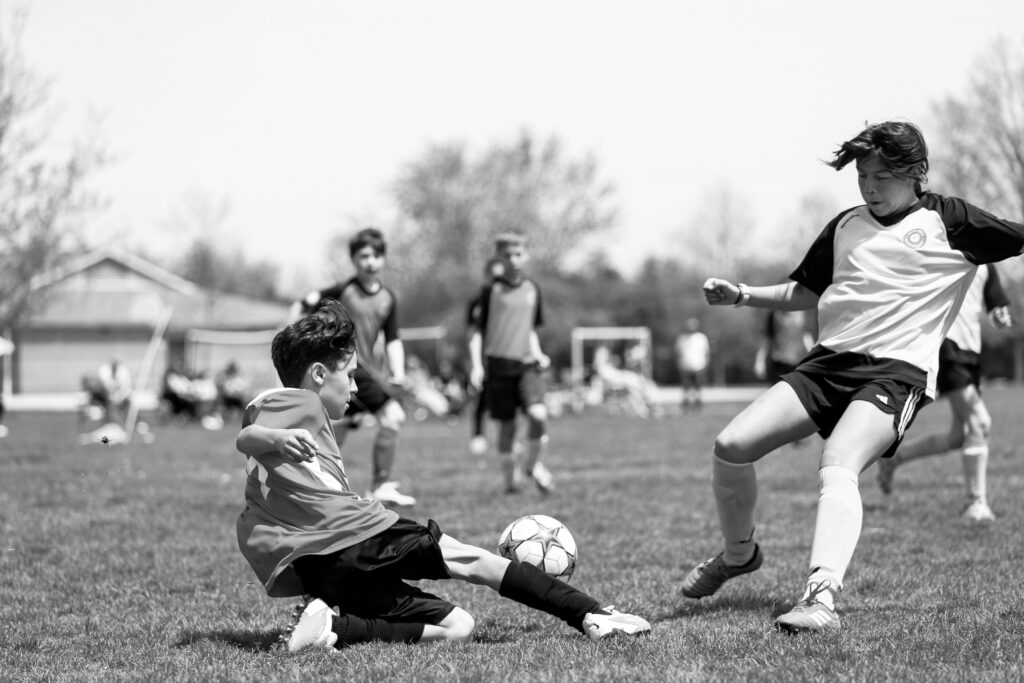
Reduced pressure
When teammates find space away from the player with the ball, they draw the attention of opposing defenders and help to relieve pressure on the ball carrier. This allows the player in possession more time and space to make decisions and execute their actions
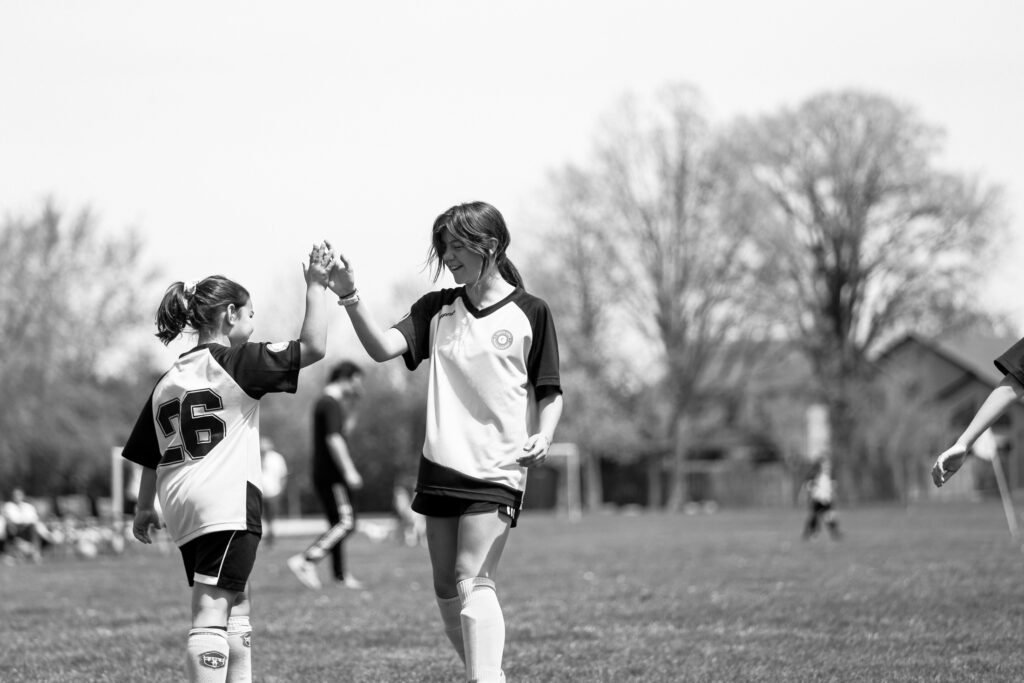
Exploitation of defensive gaps
As teammates find open spaces away from the ball carrier, they can exploit gaps and weaknesses in the opposition’s defence. This can create opportunities for the player with the ball to make penetrating passes or take advantage of one-on-one situations, ultimately leading to increased goal-scoring chances for the team.
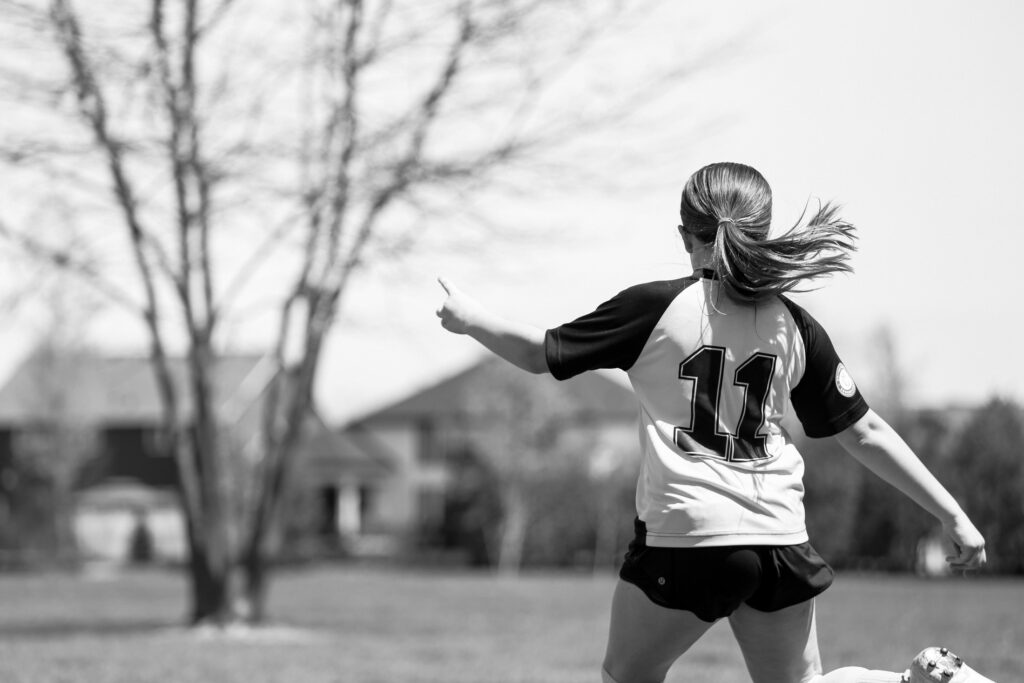
Teamwork and collaboration
When teammates create space and offer passing options, it promotes a sense of teamwork and shared responsibility. This collaborative approach can lead to a more unified and effective team performance, as players work together to achieve their objectives on the field.
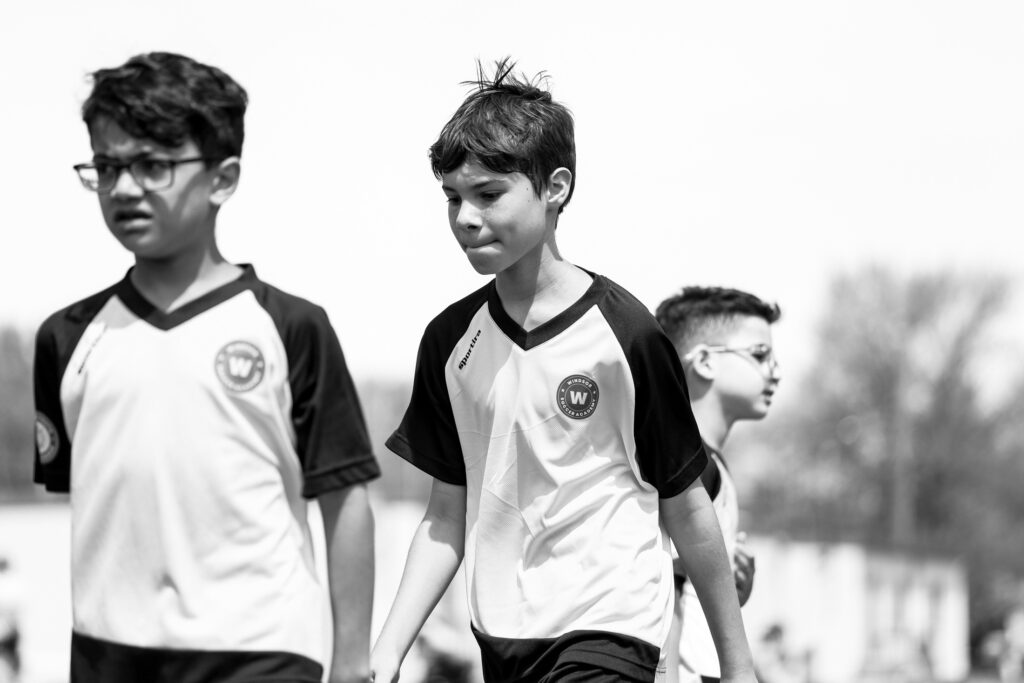
Better tactical understanding
The practice of finding space and maintaining proper positioning not only benefits the player with the ball but also helps their teammates develop a deeper understanding of the game’s tactical aspects. This can lead to improved decision-making and anticipation for all players, ultimately benefiting the team’s overall performance.
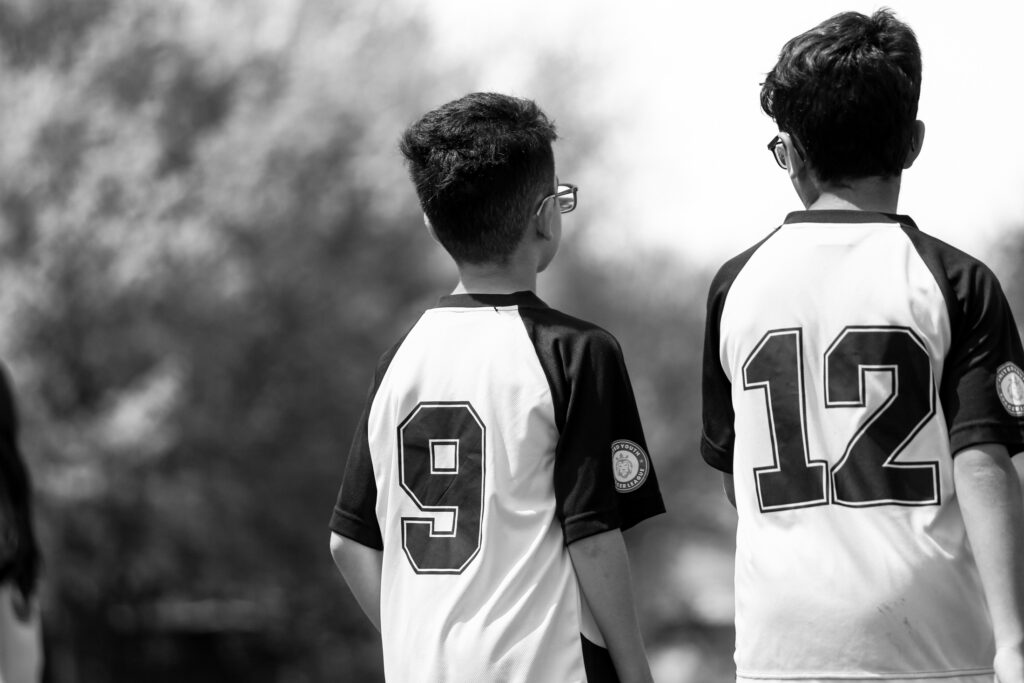
Improved team performance
When individual players can effectively control the ball and make decisions without being crowded by their teammates, the team’s overall performance is likely to improve. Proper spacing and positioning contribute to better ball movement, more cohesive attacking play, and a greater ability to break down the opposition’s defence.